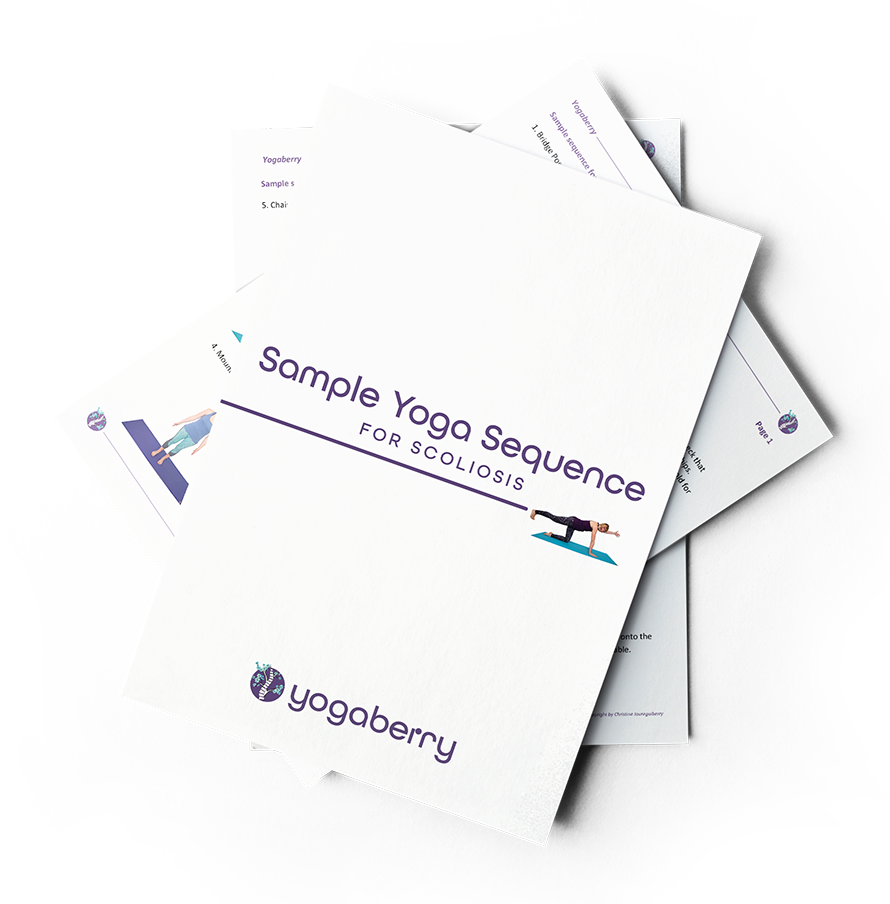Over the 12 years that I’ve practised yoga I’ve come across many different styles of yoga and approaches. I have been to a few yin yoga classes before but last Sunday’s three hour Yin Yoga workshop with Regina Kerschbaumer was a real eye opener to me.
When I first got into yoga I was drawn to the fast paced and strong classes like Ashtanga Yoga. I loved the energy and I loved the strength and of course getting better at all these challenging poses and arm balances that look amazing on Instagram!
I quickly realised, however, that it was postures that I held for a long time that gave me so much more and just went a lot deeper. I had time to enjoy them and time to explore them – to really make them right for me and my body. This is how I got into Scaravelli Yoga which is slow but believe me, it’s challenging for both the body and the mind!
So when my teacher Claire Weatherley (I completed my 200 hour training with her) told us that she was organising a Yin Yoga workshop with Regina Kerschbaumer, who is also an expert in reflexology, I thought that this would be right up my street!
What is Yin Yoga?
- Yin Yoga combines principles of traditional Indian Hatha Yoga with Chinese Taoist Yoga and poses are held static for a long period of time
- It targets the deep connective tissue, the ligaments, tendons and fascia in the body whereas Yang like Yoga practices (more active styles of yoga like Bikram. Ashtanga or Iyengar) mainly target the muscles and the core.
- In Yin Yoga the muscles stay relaxed and postures are hold for a long time – usually between 2 and 5 minutes, sometimes even up to 20 minutes.
- It is a very meditative practice and wonderful for the body and joints at the same time
What is the difference between Restorative Yoga and Yin Yoga?
Yin Yoga is not the same as Restorative Yoga which is the main thing that I’ve learned in this workshop!
Restorative Yoga uses lots of props like bolsters, blankets, blocks and belts etc. In Yin Yoga there are no props. It’s just your body and gravity.
Another explanation that Regina gave me was:
“Restorative yoga restores an unhealthy body to its natural state of health. Yin Yoga brings a healthy body into a state of optimal health”
I have always found Restorative Yoga to be beneficial for my scoliosis but the extensive use of props has often held me back to be perfectly honest so it’s great to discover a different approach! I still love my blocks and bolsters but the more simple I can make it for myself the better in my opinion!
Is Yin Yoga for everybody?
Like with any other style of yoga it’s recommended to get the ok from your doctor before pracising. If you are recovering from injury then Restorative Yoga might be better until you feel fit to resume a normal yoga practice.
If you practice a more active style of yoga like Bikram or Ashtanga you will find it hugely beneficial to practice Yin Yoga at least once a week. It has a very different effect on the body and nervous system.
And just because it’s slow it doesn’t mean that it’s not challenging! You will feel both your body and your mind to be challenged! Yin Yoga is simple on the outside but complex and hugely beneficial on the inside! I felt absolutely amazing the day after our workshop and will certainly continue to include it in my personal practice!


Oh interesting, I’ve taken quite a few yin and restorative classes and I never noticed that Yin didn’t use props!
After Yin classes my body feels so open and I sleep like a baby!
Completely agree with once a week Yin classes to balance out the more physical practices 🙂
Yes thats the main difference. I love both practices but sometimes its nice not to have too many props around! Thank you for stopping by 🙂